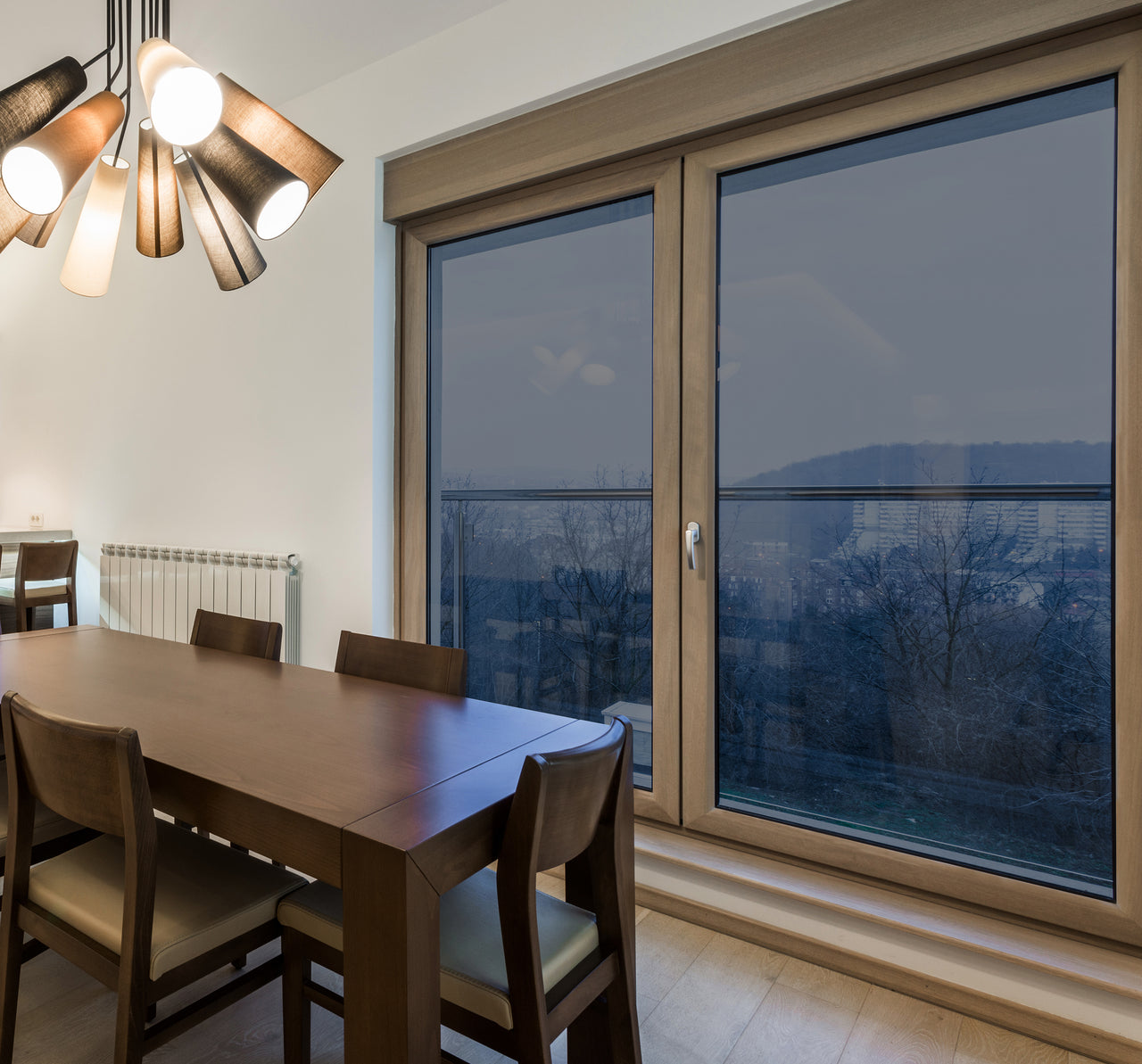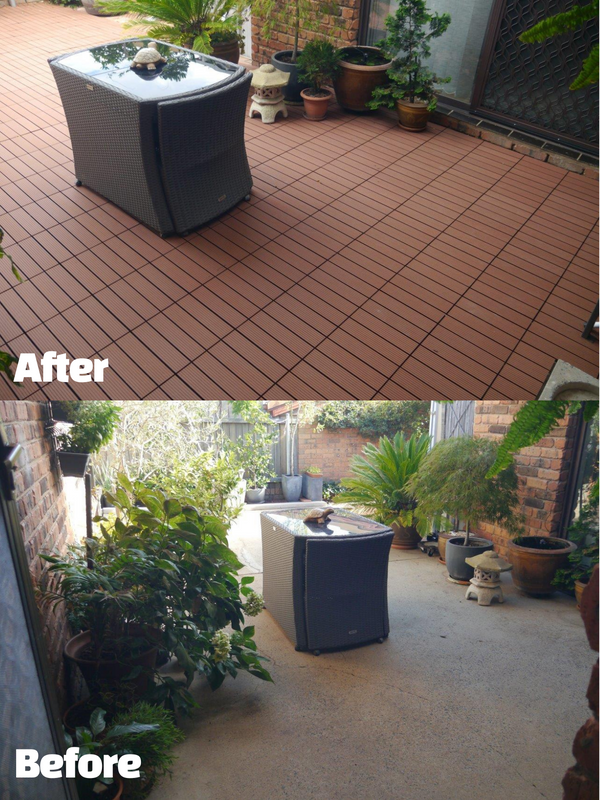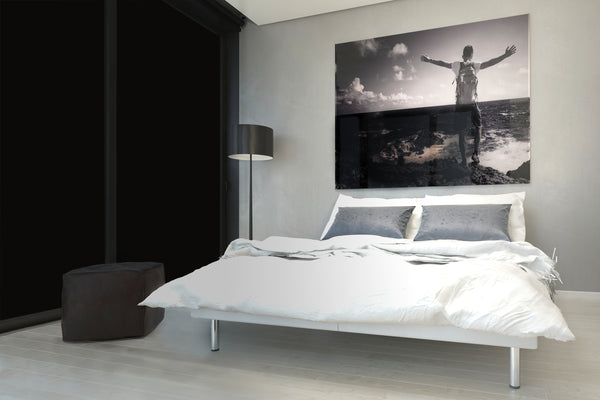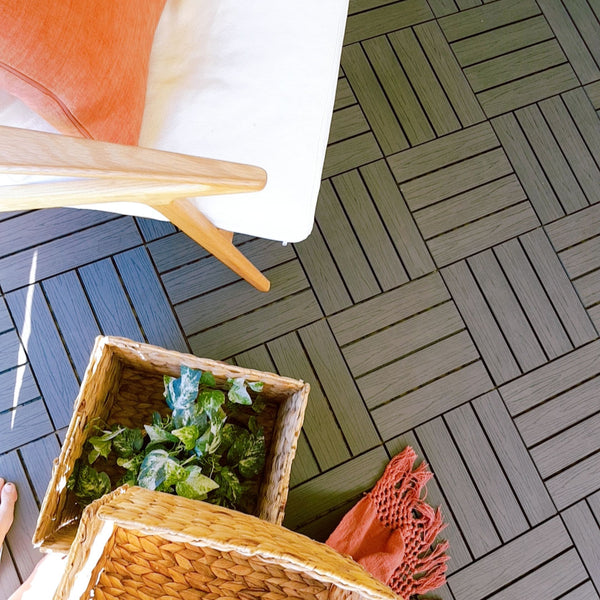1. Visible Light Transmittance (VLT)
Visible Light Transmittance (VLT) is a measurement of how much visible light can pass through a window tint film. It is usually expressed as a percentage and refers to the amount of light that is able to penetrate through the film and into the interior of a building or vehicle.
A higher VLT percentage indicates that more light can pass through the film and the tint is lighter, while a lower VLT percentage means less light can pass through the film and the tint is darker.
For example, a tint film with a VLT of 50% would allow 50% of visible light to pass through, while a tint with a VLT of 20% would only allow 20% of visible light to pass through.
The VLT is an important factor to consider when selecting a solar window tint film, as it can affect the amount of natural light that enters a space, as well as the overall appearance of the tinted windows.
2. Visible Light Reflectance (VLR)
Visible Light Reflectance (VLR) is a measurement of how much visible light is reflected by a window tint film. It is usually expressed as a percentage and refers to the amount of visible light that bounces off the film and back outside.
A higher VLR percentage indicates that more visible light is reflected by the film, while a lower VLR percentage means less visible light is reflected.
For example, a tint film with a VLR of 5% would reflect 5% of visible light back outside, while a tint with a VLR of 30% would reflect 30% of visible light back outside.
The VLR is another important factor to consider when selecting a solar window tint film, as it can affect the overall appearance of the windows and the level of privacy provided. A higher VLR can make windows appear more reflective and mirror-like, while a lower VLR can make windows appear more transparent. Additionally, a higher VLR may provide more privacy during the day, but less privacy at night when interior lights are turned on.
3. Infrared Rejected (IRR)
Infrared Rejected (IRR) is a measurement of how much infrared radiation is blocked or rejected by a window tint film. Infrared radiation is a type of energy that comes from the sun and can be felt as heat.
An IRR percentage is usually expressed as a percentage and refers to the amount of infrared radiation that is blocked or rejected by the window tint film.
A higher IRR percentage indicates that more infrared radiation is blocked or rejected, while a lower IRR percentage means less infrared radiation is blocked or rejected.
For example, a tint film with an IRR of 50% would block or reject 50% of infrared radiation, while a tint with an IRR of 90% would block or reject 90% of infrared radiation.
The IRR is an important factor to consider when selecting a solar window tint film, as it can affect the amount of heat that enters a space. A higher IRR can help reduce the amount of heat that enters a space, making it more comfortable and energy-efficient. Additionally, a higher IRR can also help reduce the fading of furniture and other materials in the interior of a building or vehicle, as infrared radiation can cause damage over time.
4. Ultra Violet Rejection (UVR)
Ultra Violet Rejection (UVR) is a measurement of how much ultraviolet (UV) radiation is blocked or rejected by a window tint film. Ultraviolet radiation is a type of energy that comes from the sun and can cause damage to skin, furniture, and other materials in the interior of a building or vehicle.
A UVR percentage is usually expressed as a percentage and refers to the amount of ultraviolet radiation that is blocked or rejected by the window tint film.
A higher UVR percentage indicates that more ultraviolet radiation is blocked or rejected, while a lower UVR percentage means less ultraviolet radiation is blocked or rejected.
For example, a tint film with a UVR of 50% would block or reject 50% of ultraviolet radiation, while a tint with a UVR of 99% would block or reject 99% of ultraviolet radiation.
The UVR is an important factor to consider when selecting a solar window tint film, as it can affect the level of protection provided to the interior of a building or vehicle. A higher UVR can help protect furniture, carpets, and other materials from fading and damage caused by UV radiation. Additionally, a higher UVR can also help protect occupants of a building or vehicle from the harmful effects of UV radiation, such as skin damage and increased risk of skin cancer.
5. Total Solar Energy Transmittance (TSET)
Total Solar Energy Transmittance (TSET) is a measurement of how much total solar energy is able to pass through a window tint film. It includes not only visible light, but also infrared radiation and ultraviolet radiation.
TSET is usually expressed as a percentage and refers to the total amount of solar energy that is able to penetrate through the film and into the interior of a building or vehicle.
A lower TSET percentage indicates that less total solar energy is able to pass through the film, meaning that the film is more effective at reducing heat and protecting the interior from damage. A higher TSET percentage means that more total solar energy is able to pass through the film, making it less effective at reducing heat and protecting the interior.
For example, a tint film with a TSET of 50% would allow 50% of total solar energy to pass through, while a tint with a TSET of 20% would only allow 20% of total solar energy to pass through.
The TSET is an important factor to consider when selecting a solar window tint film, as it can affect the level of heat reduction and protection provided to the interior of a building or vehicle. A lower TSET can help reduce the amount of heat that enters a space, making it more comfortable and energy-efficient. Additionally, a lower TSET can also help protect furniture, carpets, and other materials from fading and damage caused by solar energy.




